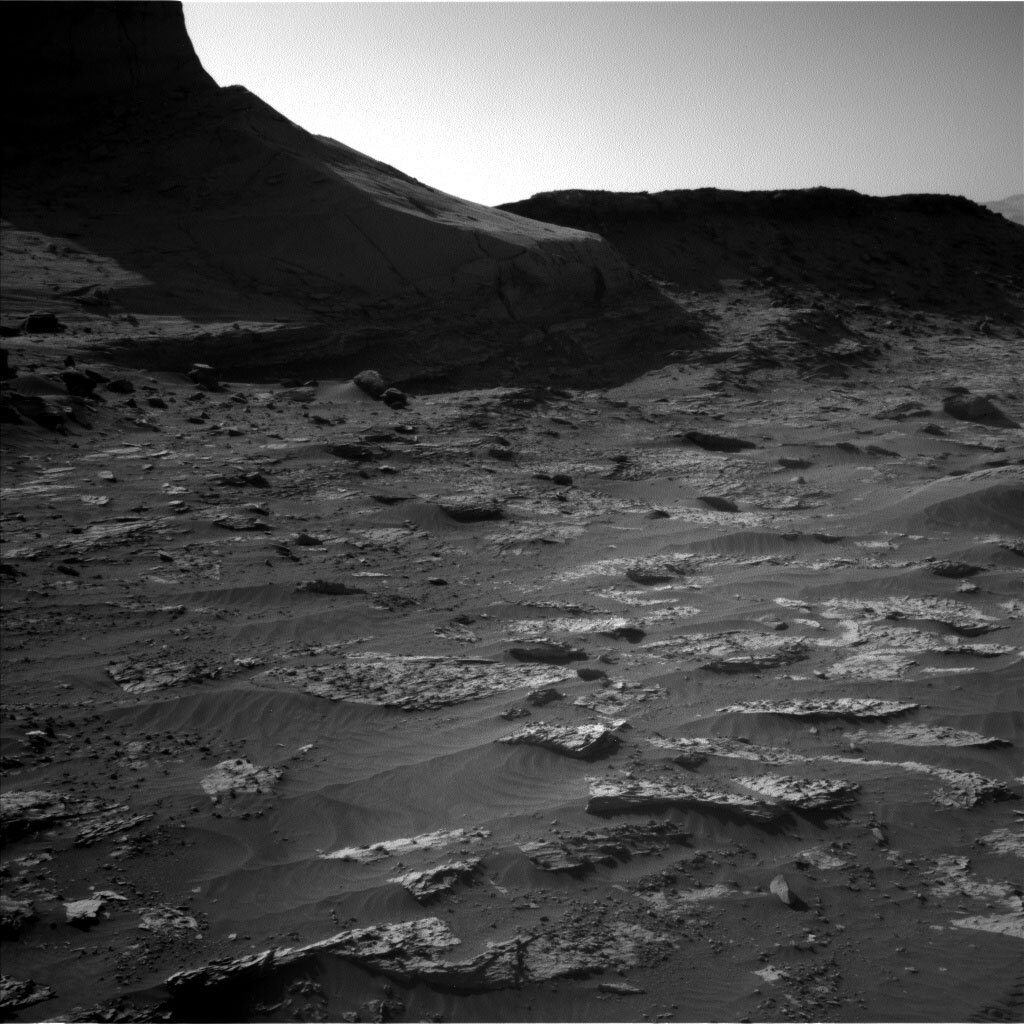2 min read

Today is another busy day on Mars, with both arm and driving activities. I did Rover Planning today; my job was to combine and review the arm and drive sequences.
First up in the morning is our pre-drive contact science. Today’s target, "Rhue," is a bright white vein (one of the largest we’ve seen). We’ll do some short APXS integrations as well as MAHLI imaging of the vein. Unlike the really tiny veins that we normally see, this is one is so large enough that we should be able to target it well and accurately. Hopefully, the RPs will Rhue today, and not rue the day we missed the target.
After the arm activities, we have a series of targeted science observations. We are looking at the target "Bludgers Revelation," a typical bedrock target, with both the ChemCam RMI and Mastcam. We are also taking multispectral mosaics of some nearby features, including a regolith fracture, a laminated rock, and additional bedrock targets (both with and without veins). We are also taking a Navcam suprahorizon movie, looking off to the south.
Today’s drive is taking us back toward the planned strategic route, and gets us closer to the area we are targeting for our next drill campaign. This drive should leave us with bedrock in the workspace for additional contact science on the weekend. This terrain continues to be very challenging, with large boulders, sharp rocks that are wheel hazards, and sand ripples, like the terrain shown in the image. These drives take a while to plan to make sure we are avoiding all the hazards while getting to where science wants to go. Our paths end up looking a little “drunk” as we weave our way around obstacles.
The attached image is from our post-drive imaging on sol 3279. We took the imaging in the late afternoon, providing these dramatic and beautiful shadows. Today’s post-drive imaging is also late afternoon, so we will likely get some additional images like this for Friday.
On the second sol of the plan, we have another methane experiment with the SAM instrument. This is part of our periodic campaign to monitor atmospheric methane and understand seaasonal variations. We don’t have anything else on this sol of the plan to preserve power for the weekend plan.
Written by Ashley Stroupe, Mission Operations Engineer at NASA's Jet Propulsion Laboratory







